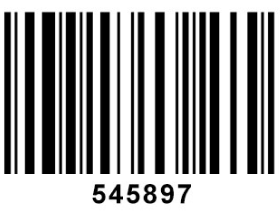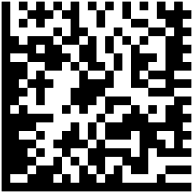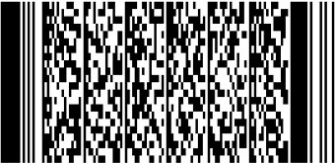What are the different types of barcodes used in fulfillment?
The importance of barcodes in product fulfillment cannot be understated. Barcodes offer a dependable, automated method to track and store information about goods ranging from individual products to large stocks of thousands or even millions of products. They make it possible to track inventory so accurately that customer service can be enhanced, and inventory levels can be reduced – leading to a cost savings.
A barcode is simply a machine-readable symbol that stores identifying data about the package or product with which they are associated. When read by a barcode scanner or computer, the symbol is decoded, recorded, and processed to extract the data for a variety of uses (some examples include pricing, order fulfillment, traceability through production, sortation, shipping, and more).
Barcodes help businesses run much more efficiently, and there are many different types of barcodes used in product fulfillment. While partnering with a 3PL services company allows business owners to sit back and outsource a majority of the work, it is still helpful for them to recognize and understand the different types of barcodes.

Common Types of Barcodes Used in Fulfillment
We are committed to you and your business.
Remember, as your eCommerce Fulfillment Services partner, we are here for you – and your customers – at every step of the way.











